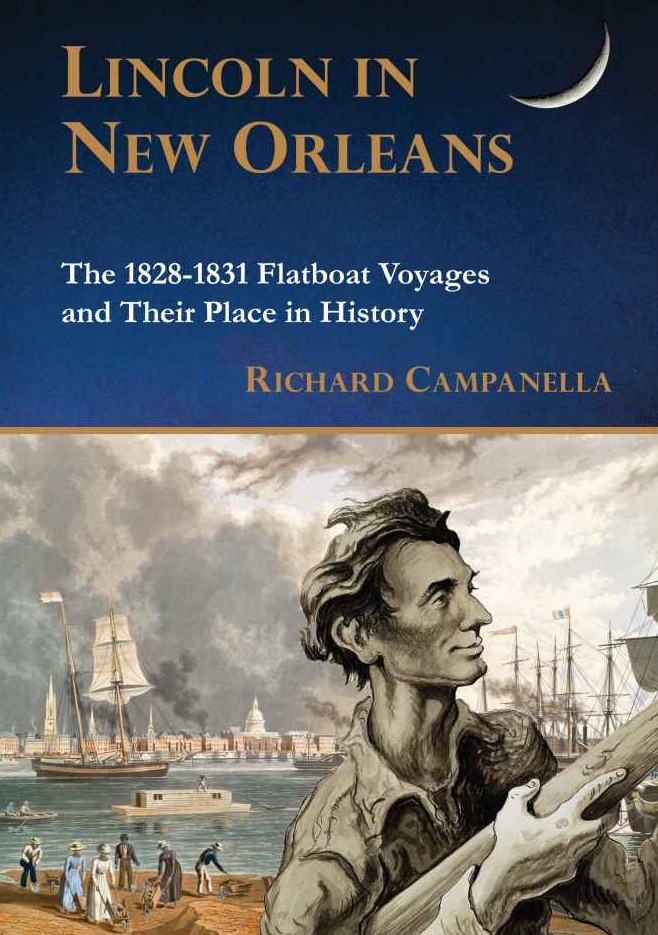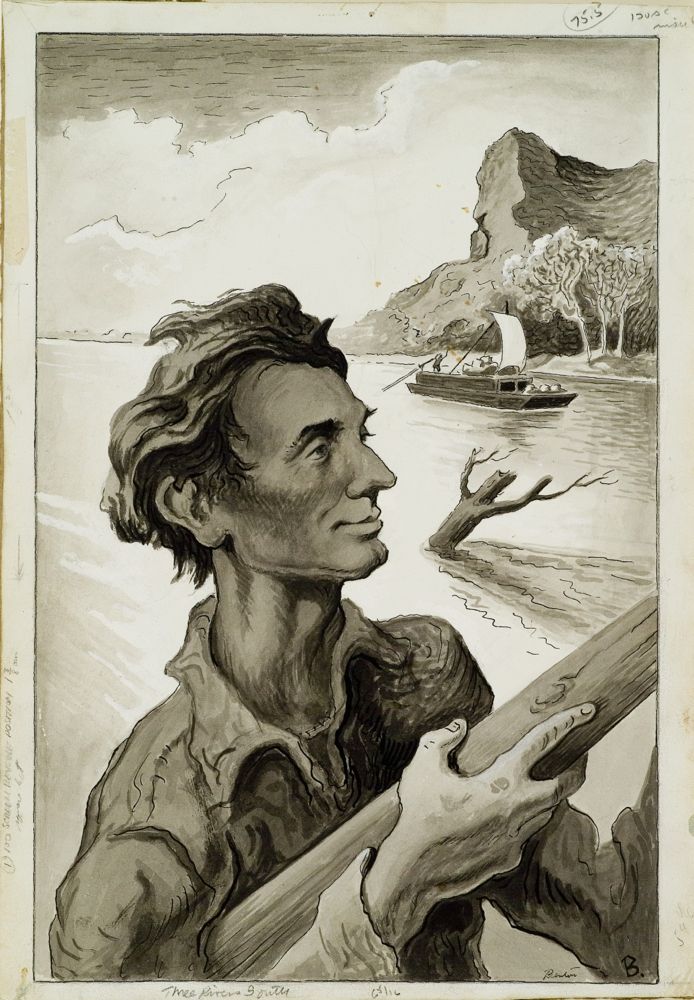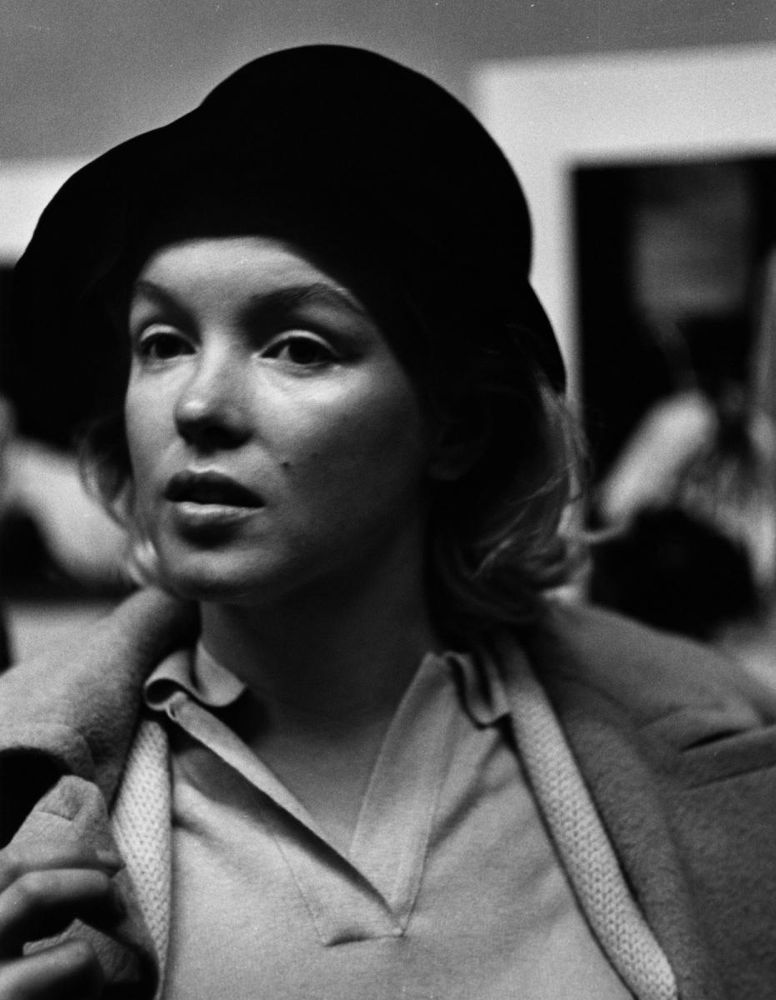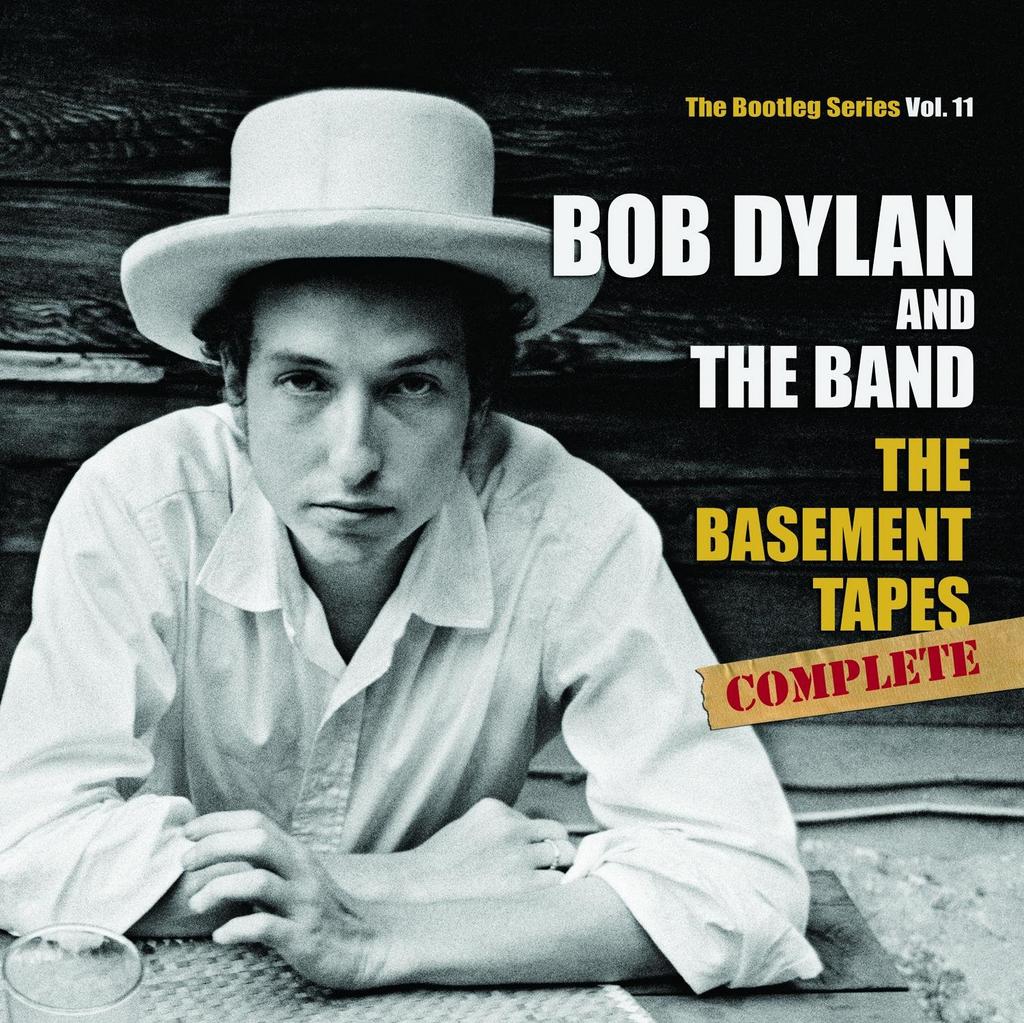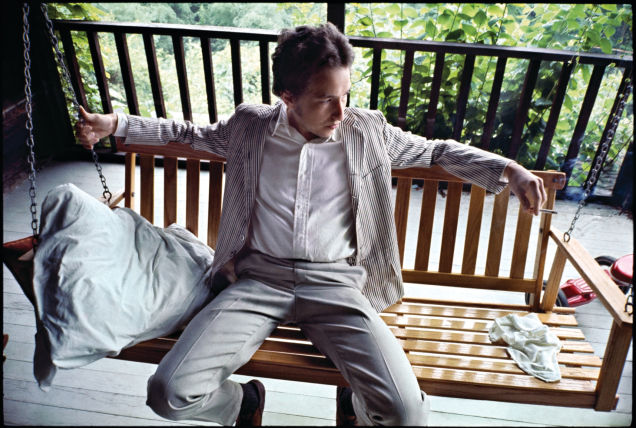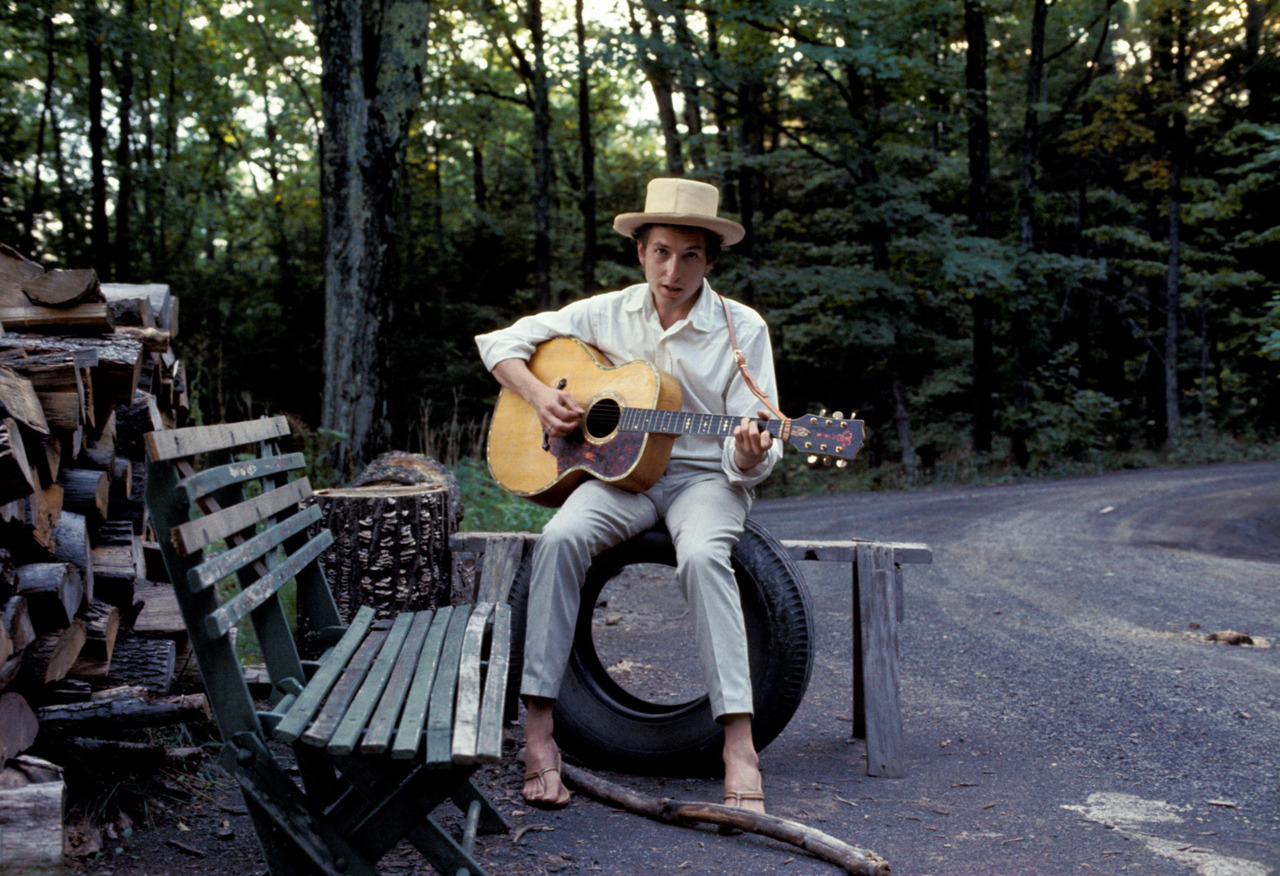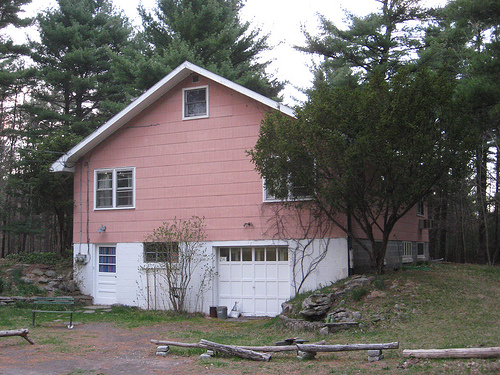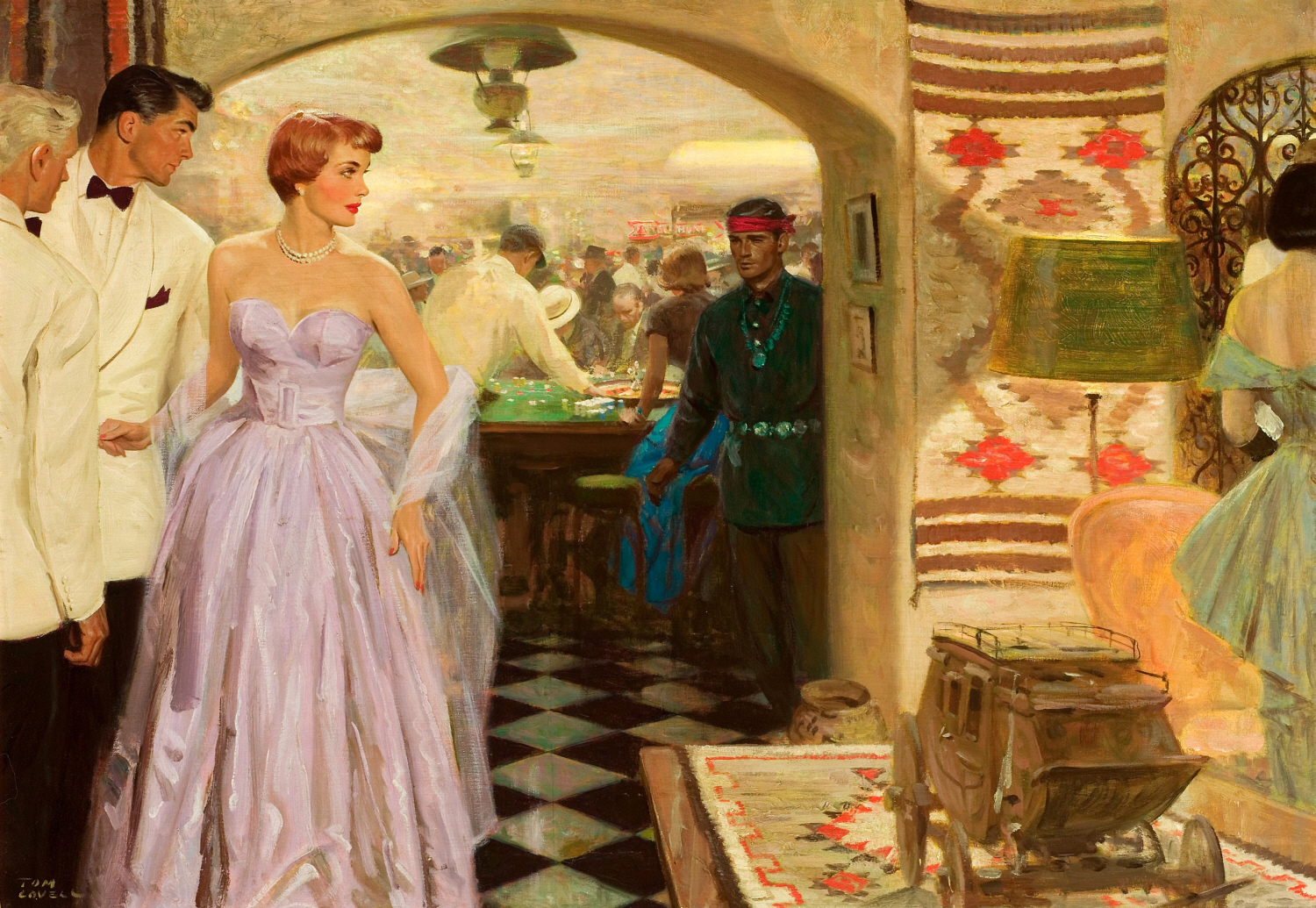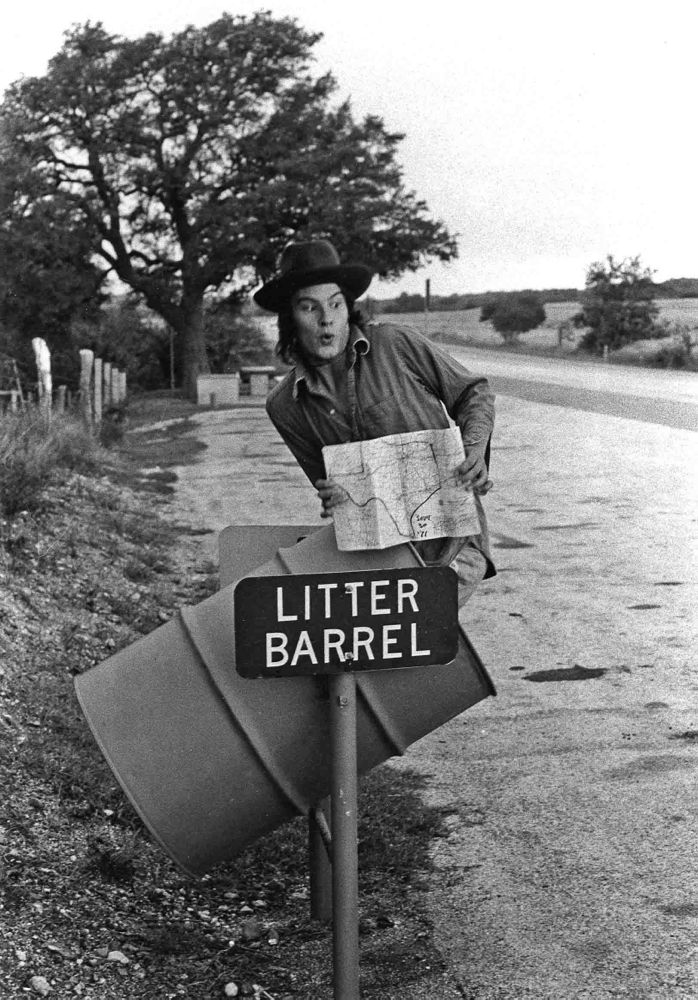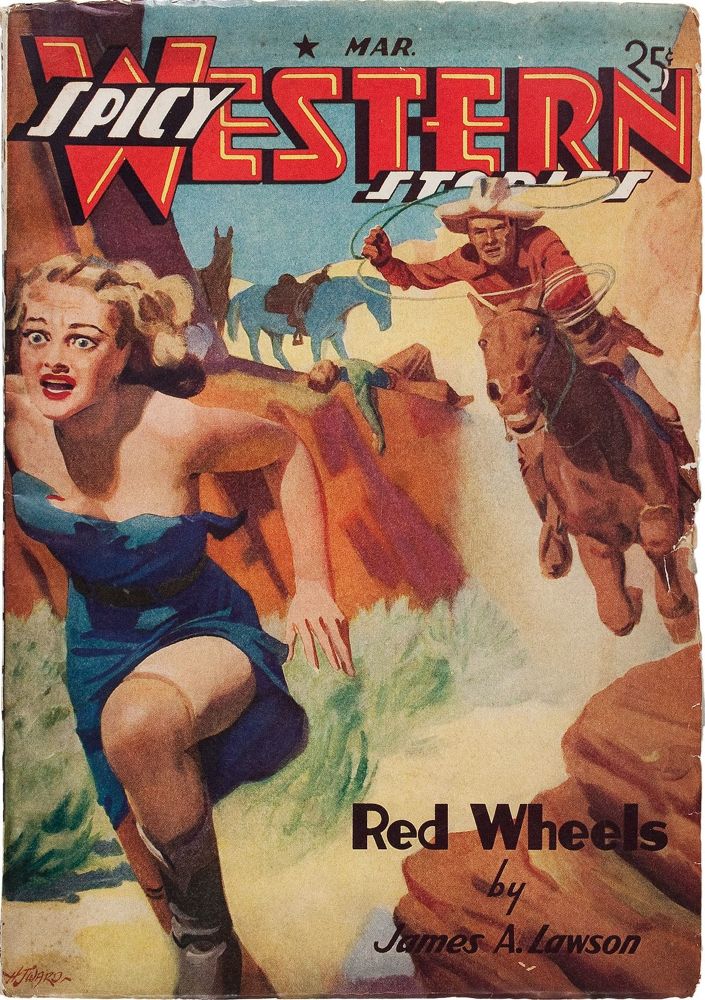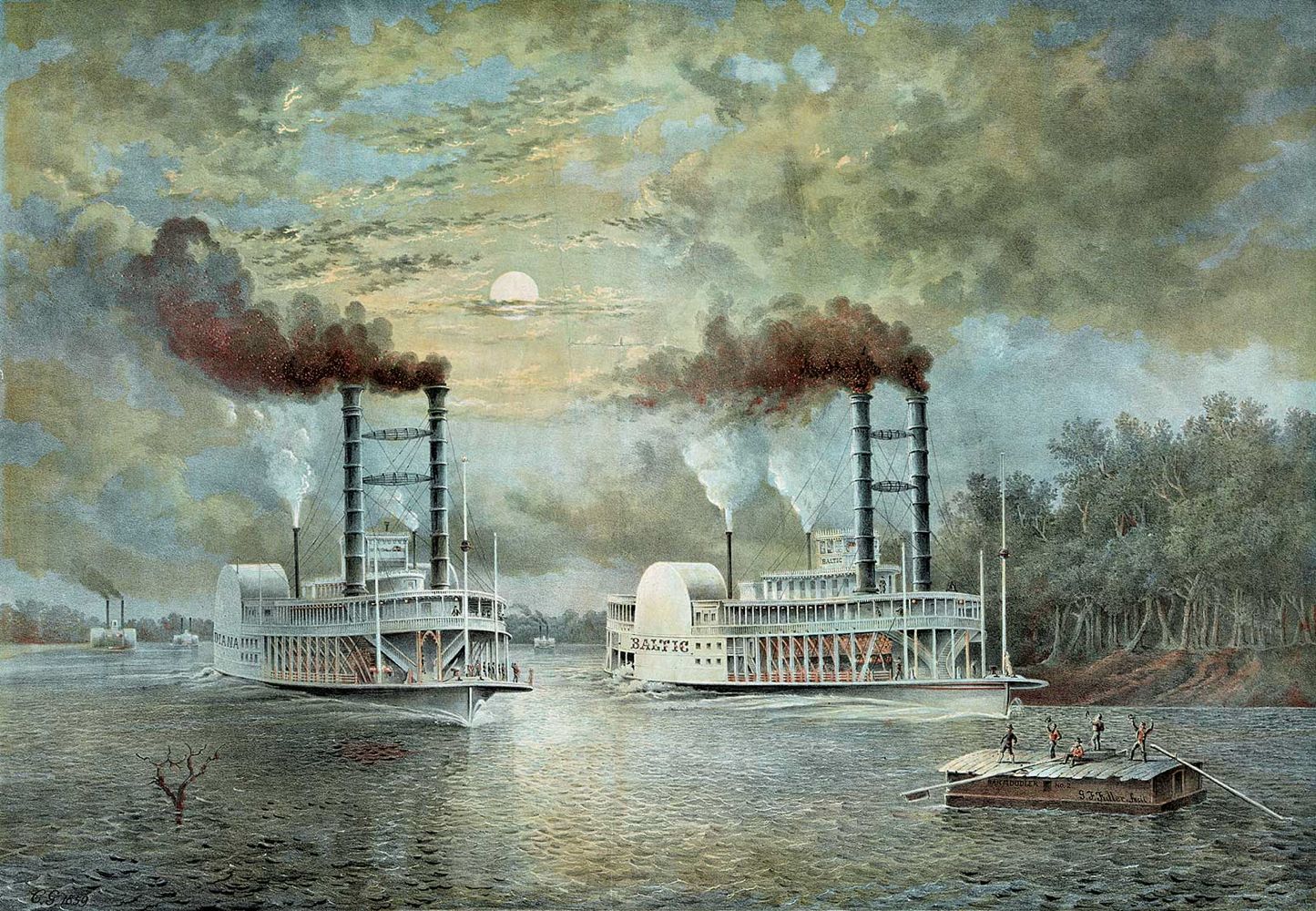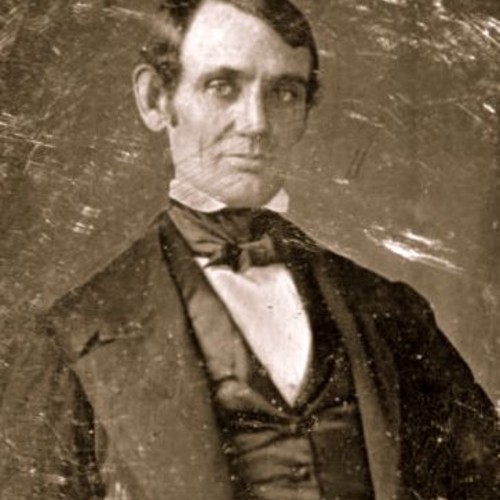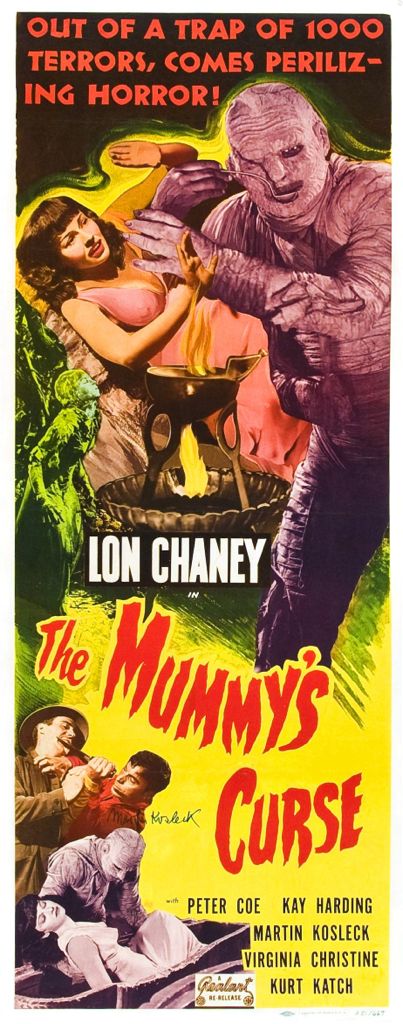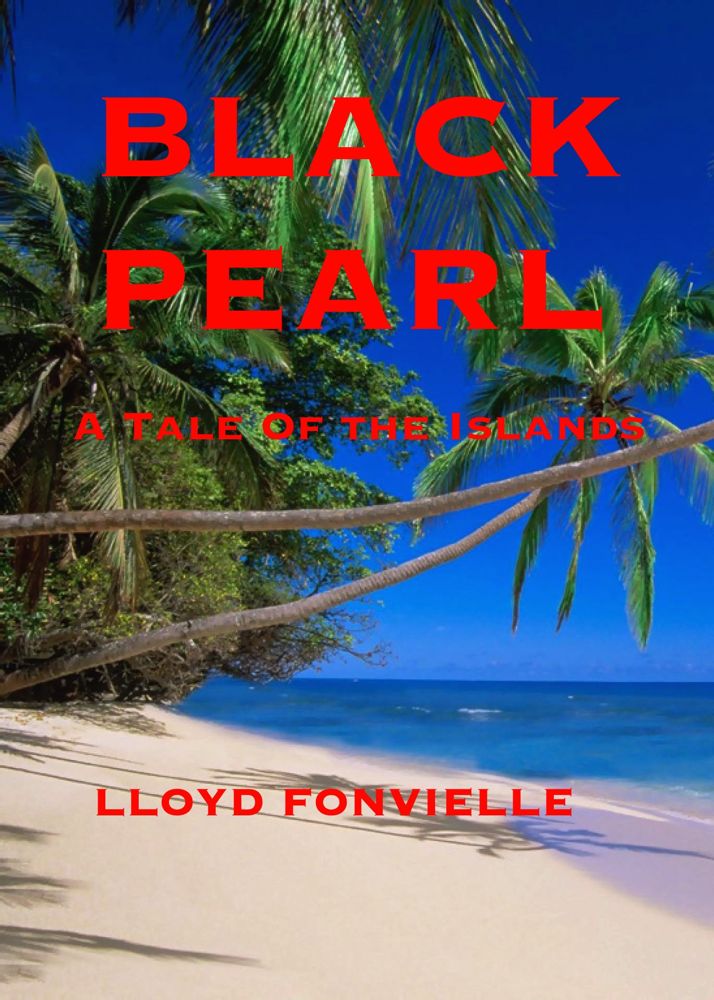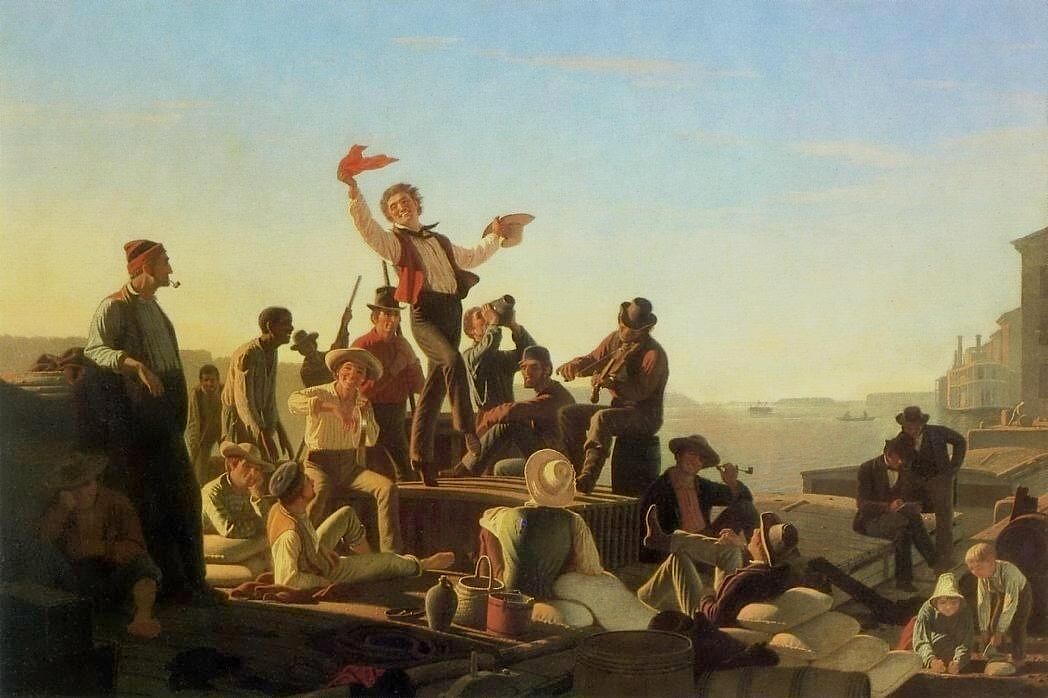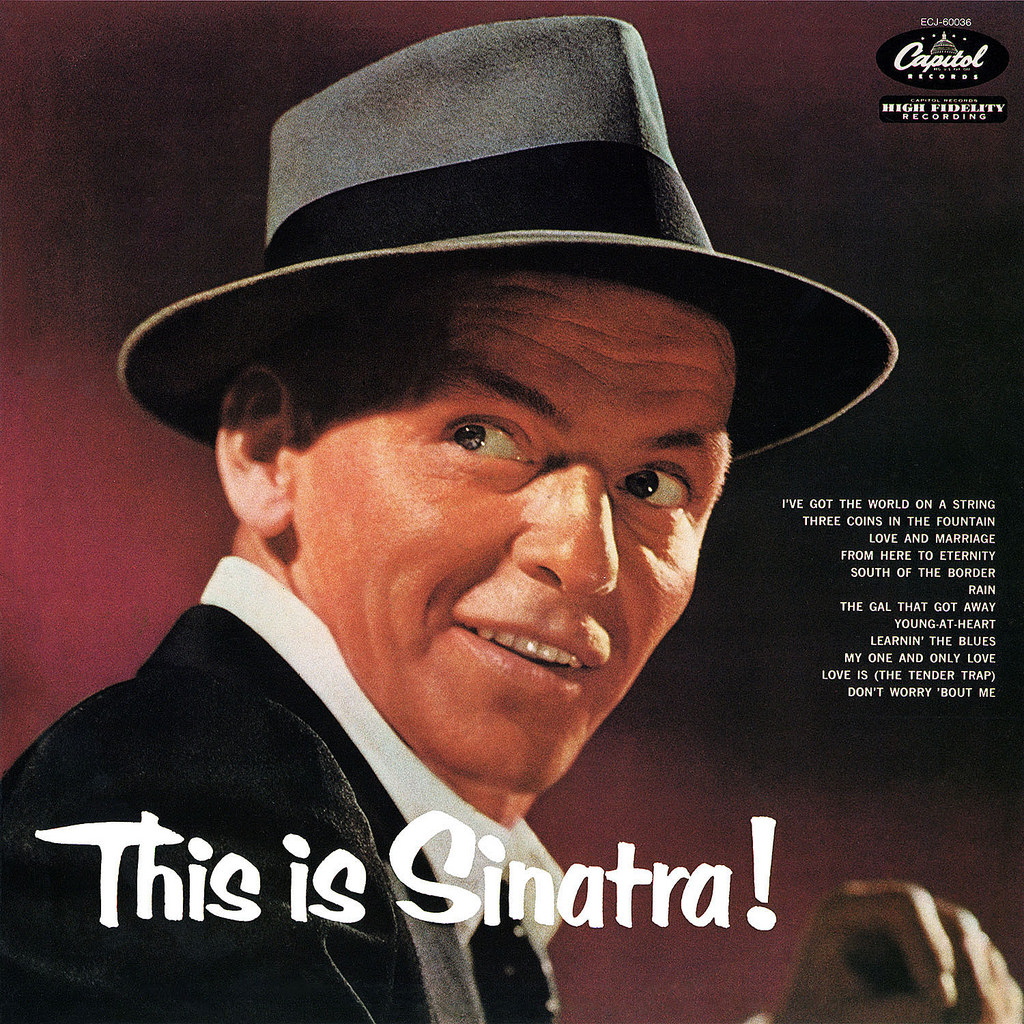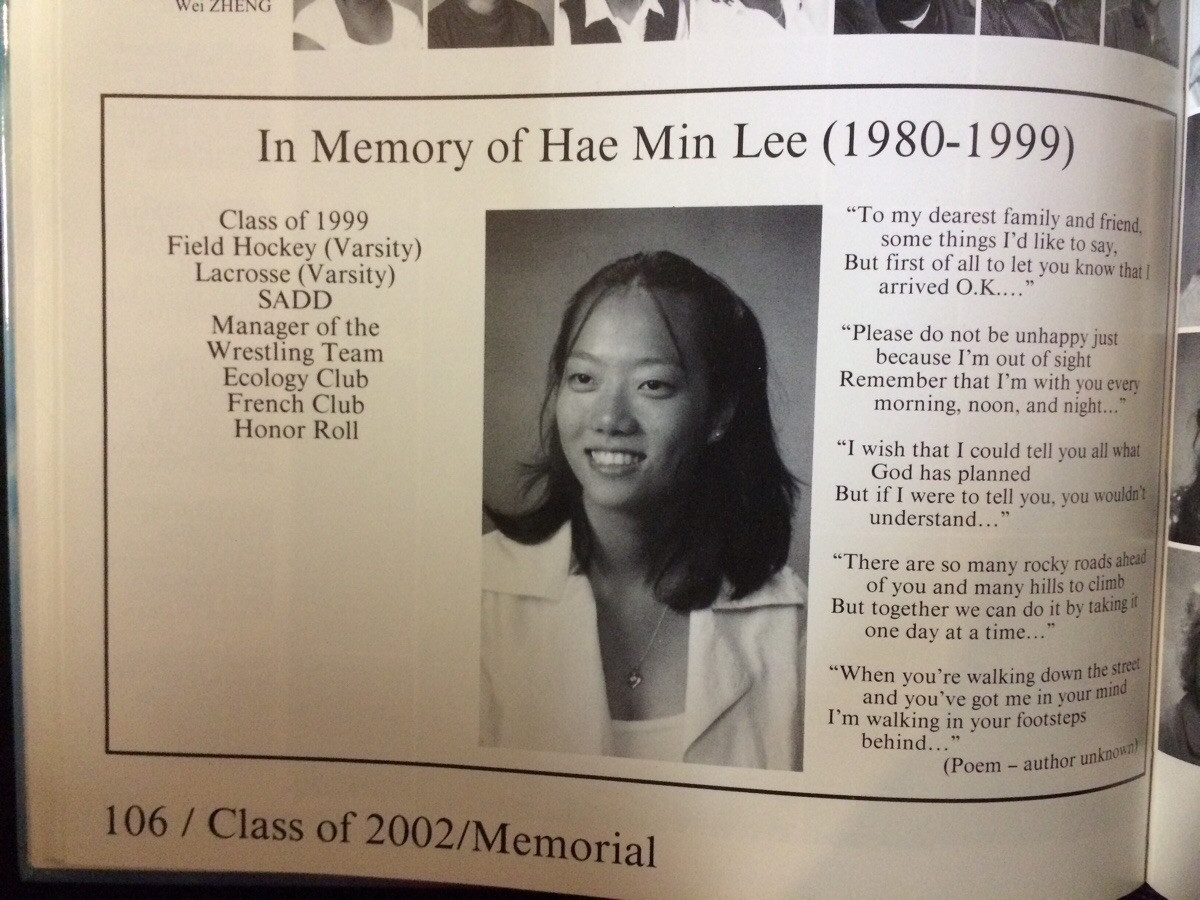
Mark Frauenfelder of Boing Boing has called Serial the best podcast in the world. There are certainly other candidates for that distinction but Serial has to rank somewhere near the top of the list. It’s riveting.
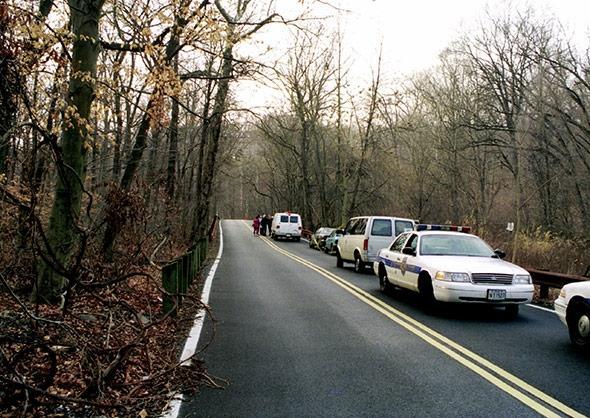
It tells the story, in weekly installments, of the 1999 murder in Baltimore of Hae Min Lee, an 18 year-old Korean-American high school student, for which her recently-ex-boyfriend Adnan Syed, a Pakistani-American classmate, was convicted. (She was strangled to death by someone with their bare hands and her body buried in the wooded park above.)
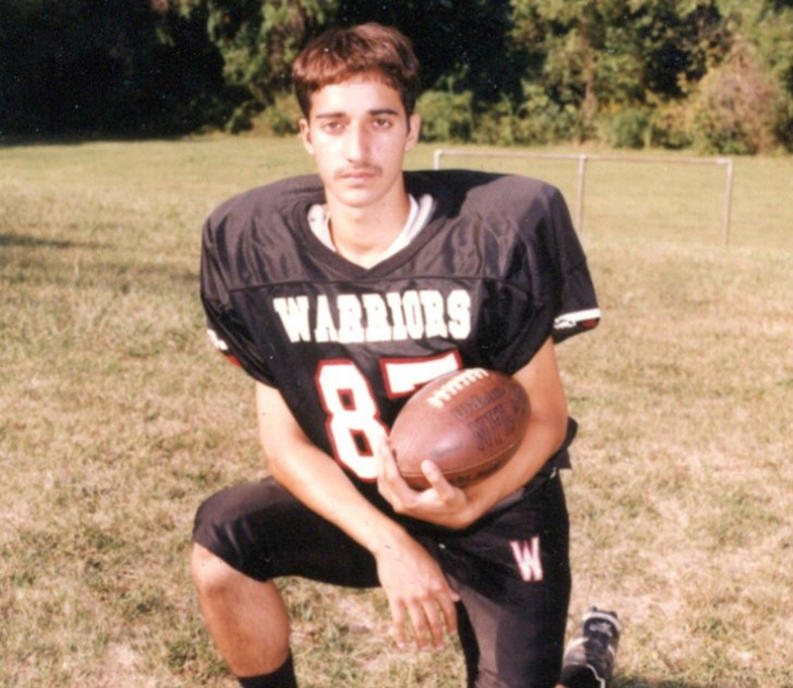
The case against Syed (above) was almost completely circumstantial and to many people very thin. Sarah Koenig (below), of This American Life, decided to review the evidence and the trial, in great detail, and interview those connected to the case, to see what she could make of it all. Serial is the ongoing result of her efforts.

Murder cases can have a generic quality — the crime itself, however shocking and tragic, rarely holds one’s interest for long. It’s the investigation and trial testimony that become addictive, for what they reveal about people’s lives in particular places and times and situations. They add up to a kind of novel of social manners and mores, ripping the masks off of various public images and exposing another world percolating along beneath them.

The murder trial of Jodi Arias (above) offered startling insights into the private lives of young Mormons in the Southwest, a view often at odds with whatever image Mormons might want to project to the world at large. Adnan Syed and Hae Min Lee lived lives separate from the ones their immigrant parents wanted them to live and thought they were living, the lives of typical American teens, who had premarital sex, did drugs, and were regularly off doing those things in places their parents had no knowledge of.
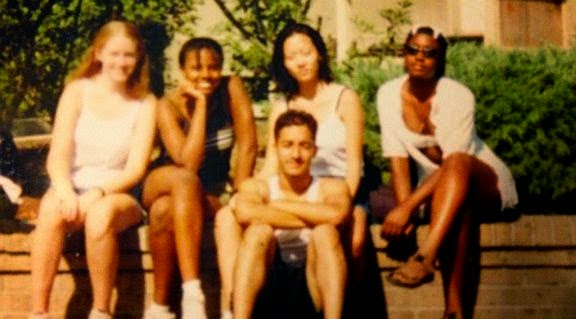
Koenig is seven episodes into the podcast at this point, genuinely mystified as to Syed’s guilt or innocence. She’s a spellbinding storyteller and scrupulously fair — so that her own voyage of discovery and doubt becomes as suspenseful as the question of who actually killed Hae Min Lee, and why.
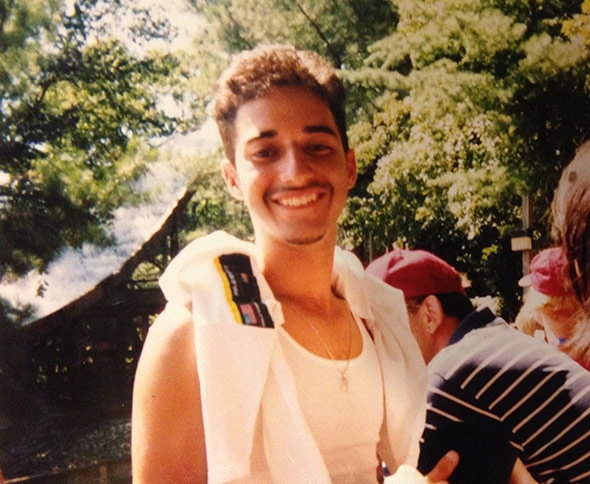
Enter the tale here — Serial — and for goodness’ sake start at the beginning.

